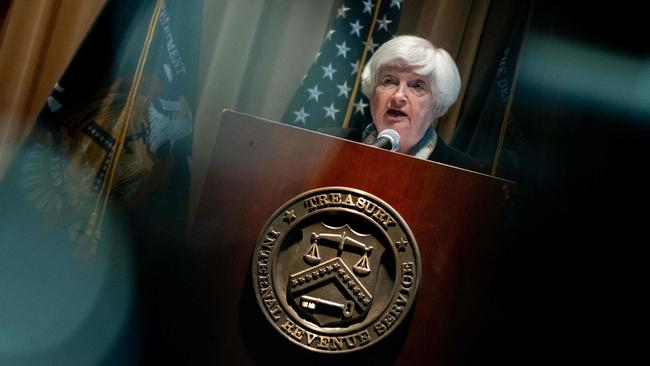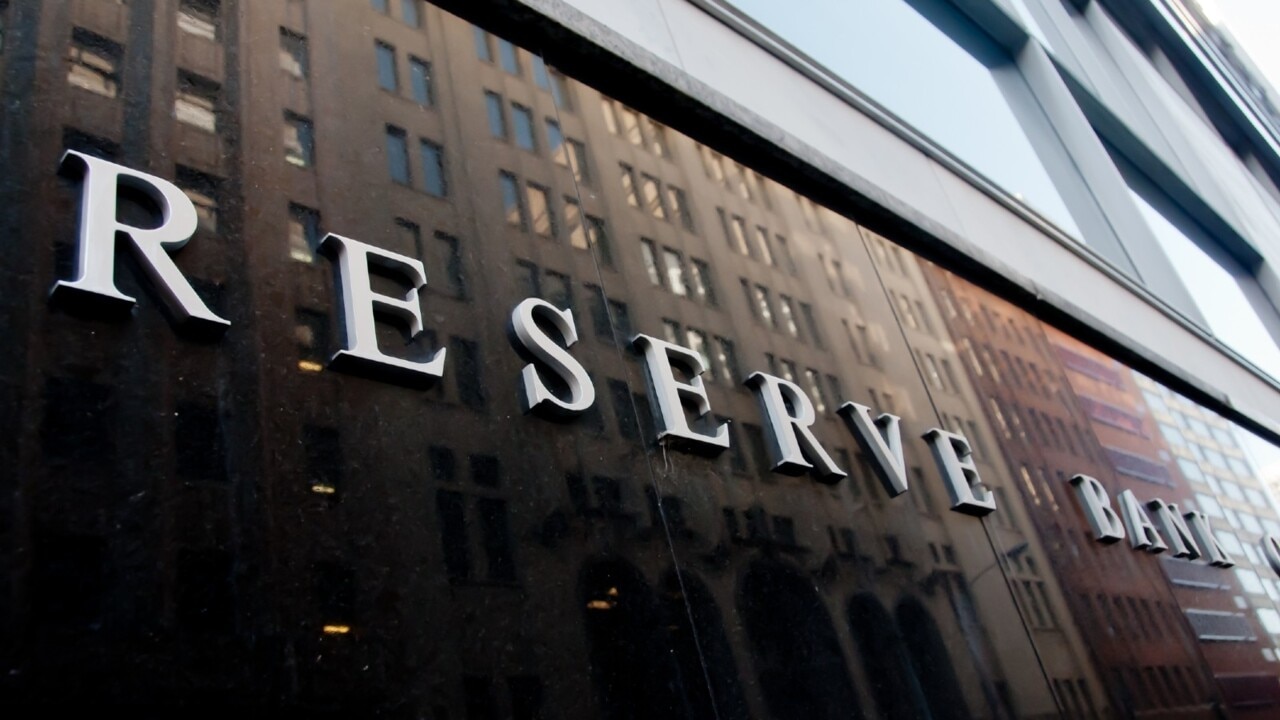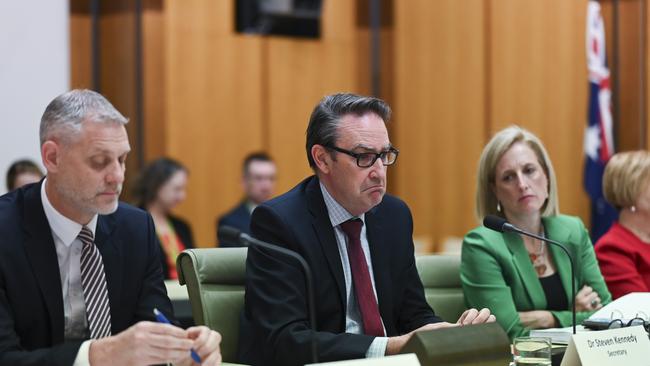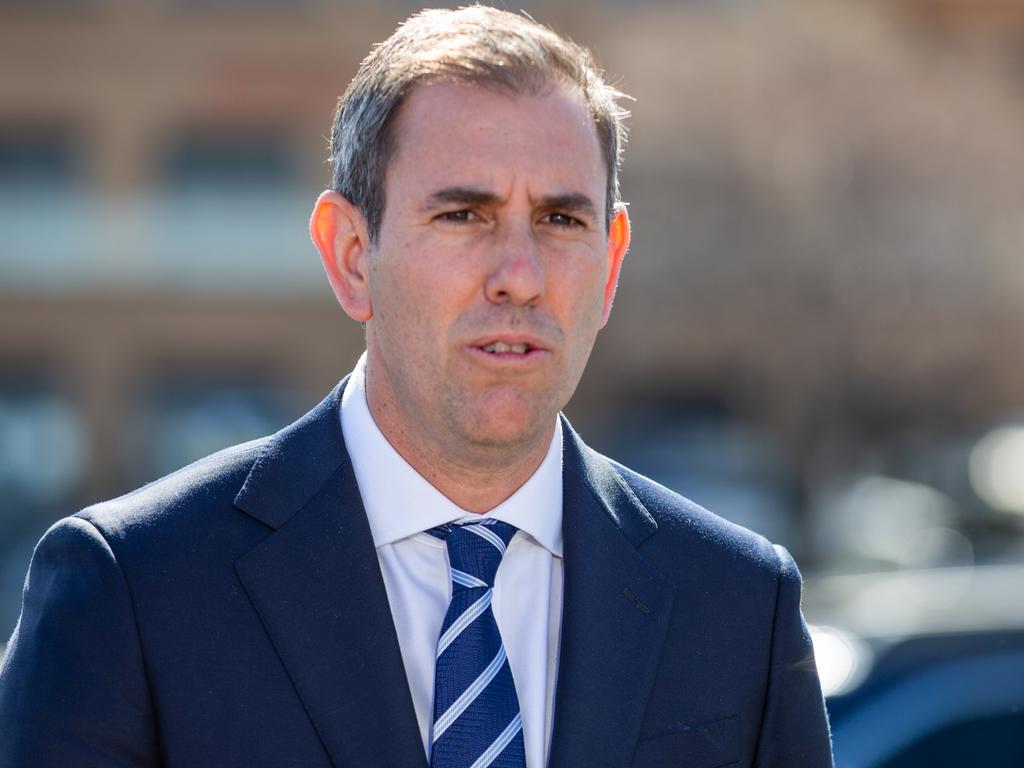In climate of high inflation, we need to talk tax ‘insulation’
The recent bout of inflation should jolt both major parties to consider dumping the fiscal tyranny of ratcheting up tax on workers every year without passing a law.

The government can’t do much about the last two for now, but the recent bout of significant inflation should jolt both major parties to consider dumping the fiscal tyranny of silently ratcheting up tax on workers every year without passing a law.
It’s unfair and undermines national competitiveness, tricking the political class into ever greater public spending, which is already well beyond where it should be.
According to a recent OECD report, Taxing Wages 2023, Australians’ average annual wage growth from 2019 to 2022, in nominal terms, was the seventh-lowest among the 38 OECD nations, not even 3 per cent. Inflation stands at 6 per cent after peaking at almost 8 per cent last year.
The US is far from the gold standard in how to tax, levying some of the most complex, inefficient taxes across multiple tiers of competing governments, belying its “small government” reputation. But it gets one big thing right, which Australia urgently needs to copy: the Internal Revenue Service indexes its income tax thresholds every year for inflation, at least partly insulating taxpayers from the ravages of high inflation.

Last week the IRS announced, as it does every year, that it would lift the income tax thresholds in line with inflation, ensuring most US taxpayers wouldn’t be excessively injured by consumer price increases that remain at least double the Federal Reserve’s target.
Seventeenth-century French finance minister Jean Baptise Colbert famously said “the art of taxation consisted in so plucking the goose as to obtain the largest possible amount of feathers with the smallest possible amount of hissing”. Canberra, alas, has followed that advice too closely, not only banning businesses from quoting the GST separately in the prices consumers pay, but guaranteeing itself a chunky, covert additional tax haul ever year.
If we can manage every year to index social security payments, including the age pension, we could easily do the tax scales too.
It didn’t have to be that way. The same OECD report found 17 out of 38 OECD nations, including the US, Switzerland, Israel, Sweden and Canada, automatically indexed their income tax scales every year.
The problem here is all the more egregious for Australia’s heavy reliance on income tax, which is typically around the second-greatest in the world measured by a share of total tax receipts. The previous Coalition government deserves some credit for legislating a series of nips and tucks to the income tax schedule, which culminates in July next year in the abolition of the second top bracket, the biggest income reform since 2008.

But what will appear to most as a cut in tax is really the partial return of many years of bracket creep. If the top $180,000 income tax threshold, established in 2008, where the 47 per cent top rate begins, had kept pace with inflation it would be just shy of $250,000 by now, whereas it’s due to increase to $200,000 on July 1. By contrast, in the US, the top marginal income tax rate of 37 per cent doesn’t kick in until incomes above around $US600,000 a year, while a single taxpayer earning $US180,000 faces a marginal rate of 24 per cent.
Yes, states can levy their own income taxes, but many, including Texas and Florida, don’t. This highlights just how tightly the income tax noose has been drawn around Australian taxpayers.
The reform stopped short of any automatic indexation, suggesting even the side of politics more likely to be sympathetic to honest taxation has become addicted to the annual swindle. That was a shame because a handbrake on revenue growth would better reveal the parlous state of Canberra’s fiscal affairs.
The latest budget anticipates a plunge back into the red in coming years, from a “rounding error” $4bn “surplus” to a $35bn deficit next financial year, even as the jobless rate is expected to remain a record lows. Imagine if an actual recession emerged.
Inert tax thresholds aren’t the only problem; it’s also cultural. Perhaps no other nation’s political and media class focus so obsessively on the headline budget outcome every year.
But what matters is the level of spending, which is expected to rise to almost 27 per cent of GDP next year from less than 25 per cent before Covid hit in 2020. It’s the level that ultimately determines taxation, whether it is levied directly now or through borrowing.

Another thing the US tax system gets right is having a “standard deduction”, which obviates the need to track and tally every tax-deductible expense. Single taxpayers in the US simply tick a box, enjoying the psychological benefits of a deduction ($US14,600, next year up $750 from last year owing to inflation) without the arduous filing process.
Between 2021 and 2022 real wages dropped in all but three nations in the OECD – Colombia, Hungary and Switzerland – but some handled it better than others. Austria took the opportunity to permanently introduce automatic indexation.
Australia’s Labor government has shown little interest in any economic reform, wasting the first half of its term on divisive cultural issues.
Amid rising prices and interest rates, Australians are living through one of the biggest declines in living standards in memory, especially for anyone with a home loan who likes the occasional overseas holiday.
An automatic “tax cut” every year, even if it’s simply compensated for higher inflation, would provide some cheer for millions of workers, especially those who don’t enjoy an annual pay increase, with something to look forward to in an otherwise bleak economic environment.








Australians are enduring the biggest tax increase in at least a generation, clobbering their standard of living at a time of rising interest rates and a falling Australian dollar.